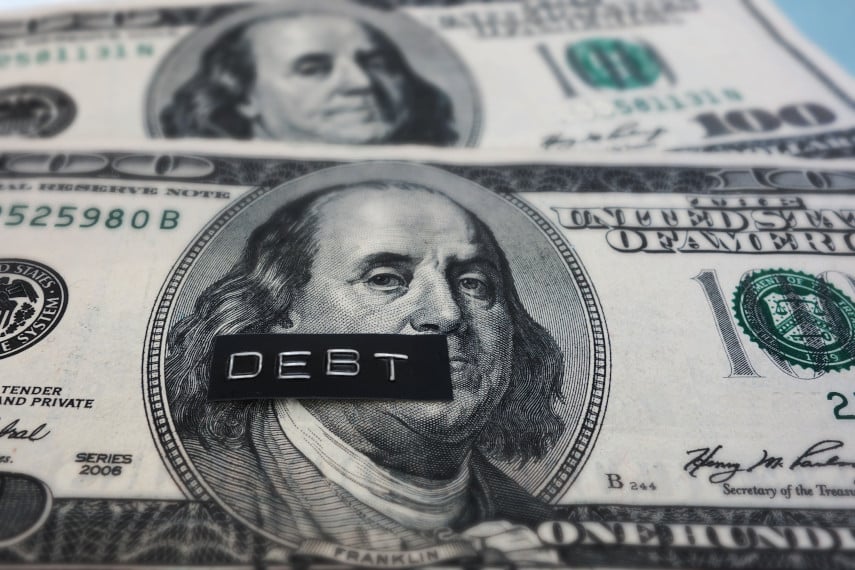
Inflation is a major drain on investment portfolios — and indeed, almost any other financial product. Many people don’t understand fully how inflation works, so it’s often ignored. However, when a portfolio doesn’t get sufficient return, it can wind up being worth substantially less than you think in actual terms, making it important to pay attention to pressures like inflation.
U.S. Inflation’s 2 Percent Zone
The Fed usually aims to keep inflation to approximately 2 percent. This figure is deemed to be the right amount to encourage spending while also encouraging people to save sufficient amounts to plan ahead. It also doesn’t put too much strain on the national economy, as businesses can afford the associated interest rates.
If the inflation rate was higher, the public would not be able to make appropriate long-term economic and financial decisions. On the other hand, an even lower inflation rate could mean that wages and prices start falling, signs of weak economic conditions.
Essentially, 2 percent inflation is in the Goldilocks zone — not too much, not too little.
But 2 percent inflation means that for every thousand dollars that you have invested, it’s worth $20 less each year. After 10 years, $1,000 becomes worth only $817 (actual value) if interest is not received.
Dramatic Impact of Excessive Inflation
Over the past decade, inflation has varied widely from 3.8 percent to -0.4 percent. Indeed, looking back at the past century, inflation has been as high as 18 percent and as low as -10.5 percent. However, such inflation represents extreme situations caused by intense economic pressures both at home and abroad. In the financial uncertainty surrounding the 80s and early 90s, inflation hit 13.5 percent in 1980 and spent almost every year well above the 2 percent figure.
In this case, it’s unlikely that interest rates would be able to keep up, and there will be no point in saving money if it’s only going to lose value — at 10 percent inflation, a $1,000 cash savings would be worth $349 after 10 years. At that point, it’s difficult for businesses to expand and plan ahead, as nobody can really keep sufficient cash reserves in order to expand or even pay employees.
Gold, on the other hand, has intrinsic value, and because it’s universally desirable, it tends to maintain its actual value despite inflation. Its value is essentially a strange amalgamation of multiple currencies and the current desire for gold and its rarity. For example, if inflation is out of control, gold is useful because its value can be measured through another currency, resulting in a sort of stability.
Although investors can lose out to inflation, a well-balanced portfolio compensates by hedging against sudden shocks and having a variety of investment vehicles so that all situations are covered. Gold and other precious metals are must-have assets to ensure that coverage.






